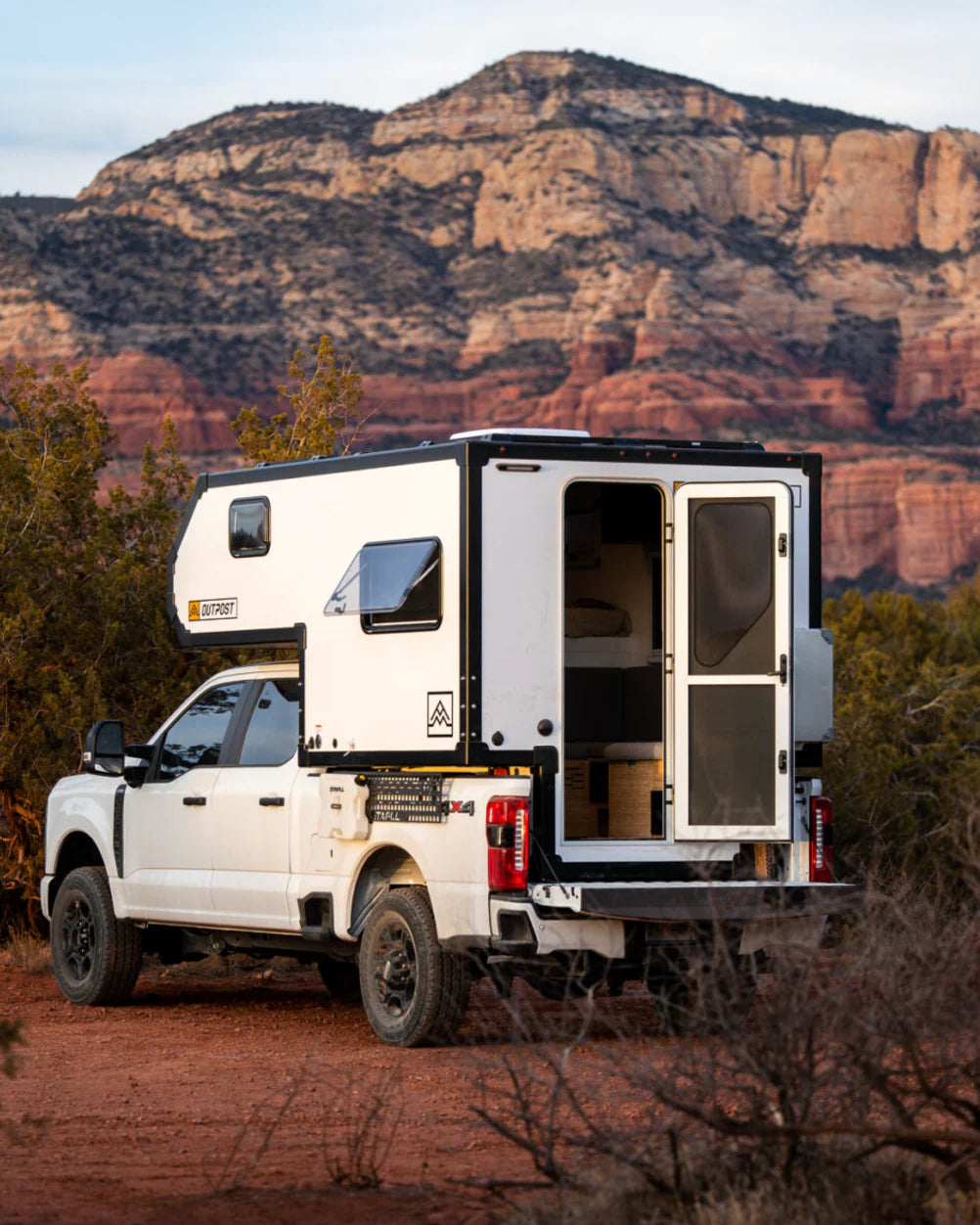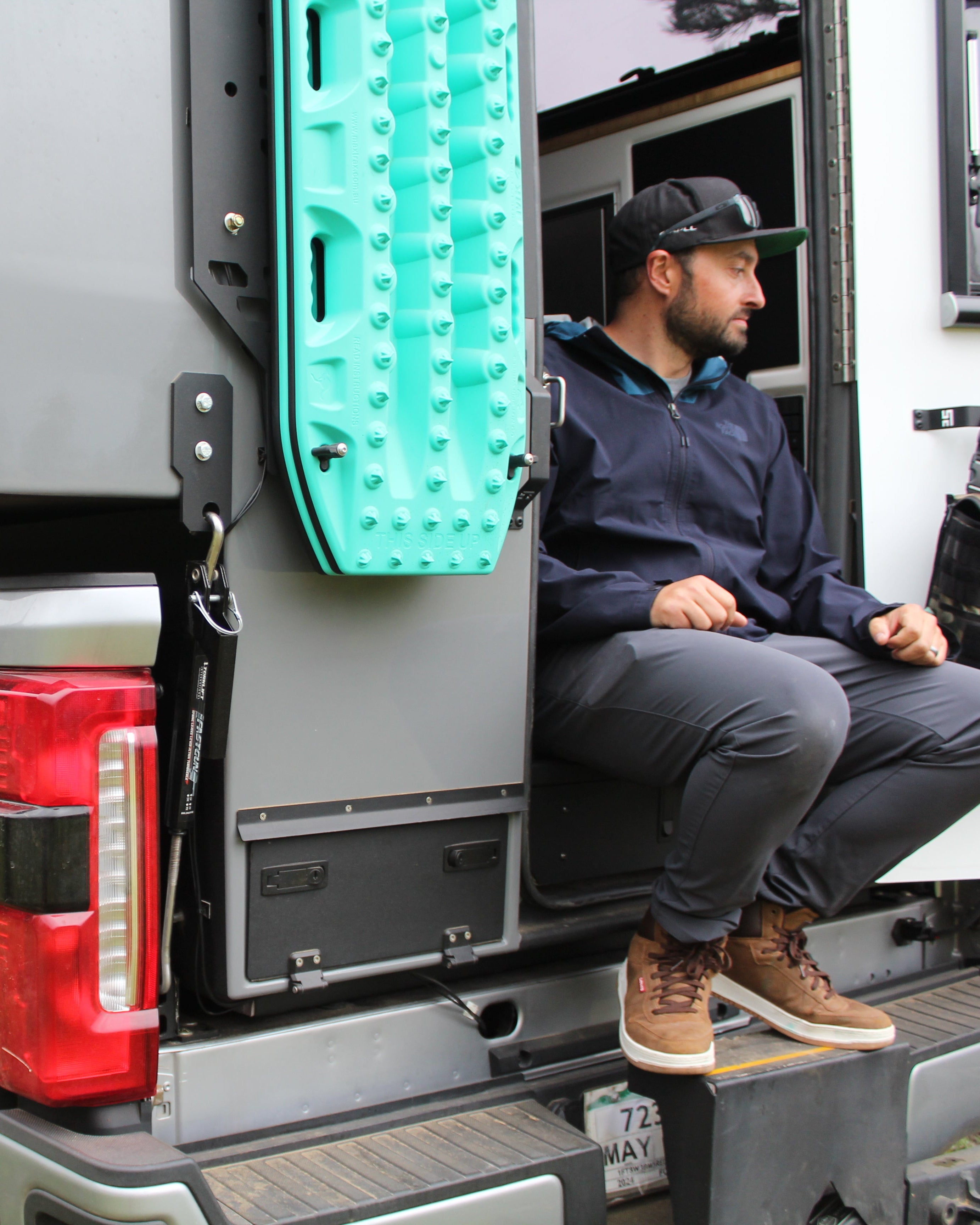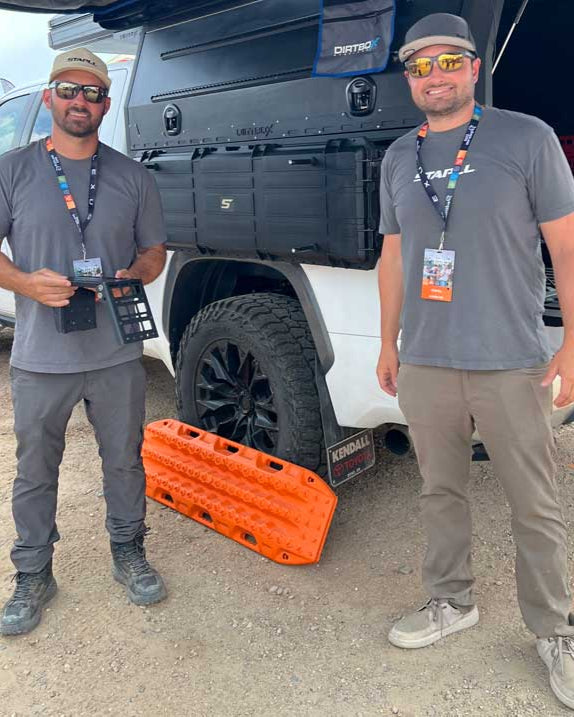Ratchet straps, also known as tie-down straps, are a commonly used tool for securing loads during transport. They are often used in conjunction with cargo nets, load bars, and other restraints to ensure that goods are safely and securely fastened down during transit. With their versatility and ease of use, it's no surprise that ratchet straps have become a staple in the transportation industry.
But, are ratchet straps approved by the Department of Transportation (DOT)? The short answer is: it depends.
According to the Federal Motor Carrier Safety Administration (FMCSA), the agency within the DOT responsible for regulating the safe operation of commercial motor vehicles, all cargo must be secured in accordance with the applicable federal regulations. This includes the use of restraints, such as tie-down straps, to ensure that cargo does not shift or become dislodged during transport.
However, the FMCSA does not specifically approve or certify tie-down straps. Instead, it sets forth the requirements that must be met for a tie-down strap to be considered compliant with the regulations. These requirements include factors such as the strength and durability of the strap, as well as the method of attachment and the placement of the restraints.
So, while ratchet straps are not technically "DOT approved," they can be used in a manner that is compliant with the federal regulations if they meet the necessary requirements. It is important to note, however, that it is the responsibility of the person or company using the straps to ensure that they are in compliance with the regulations. This includes using straps that are properly rated for the load being transported and using the straps in a manner that is consistent with the manufacturer's instructions.
In summary, while ratchet straps are not specifically "DOT approved," they can be used in a manner that is compliant with the federal regulations as long as they meet the necessary requirements. It is important to use the straps properly and to ensure that they are rated for the load being transported to avoid any potential issues during transit.















Leave a comment
All comments are moderated before being published.
This site is protected by hCaptcha and the hCaptcha Privacy Policy and Terms of Service apply.